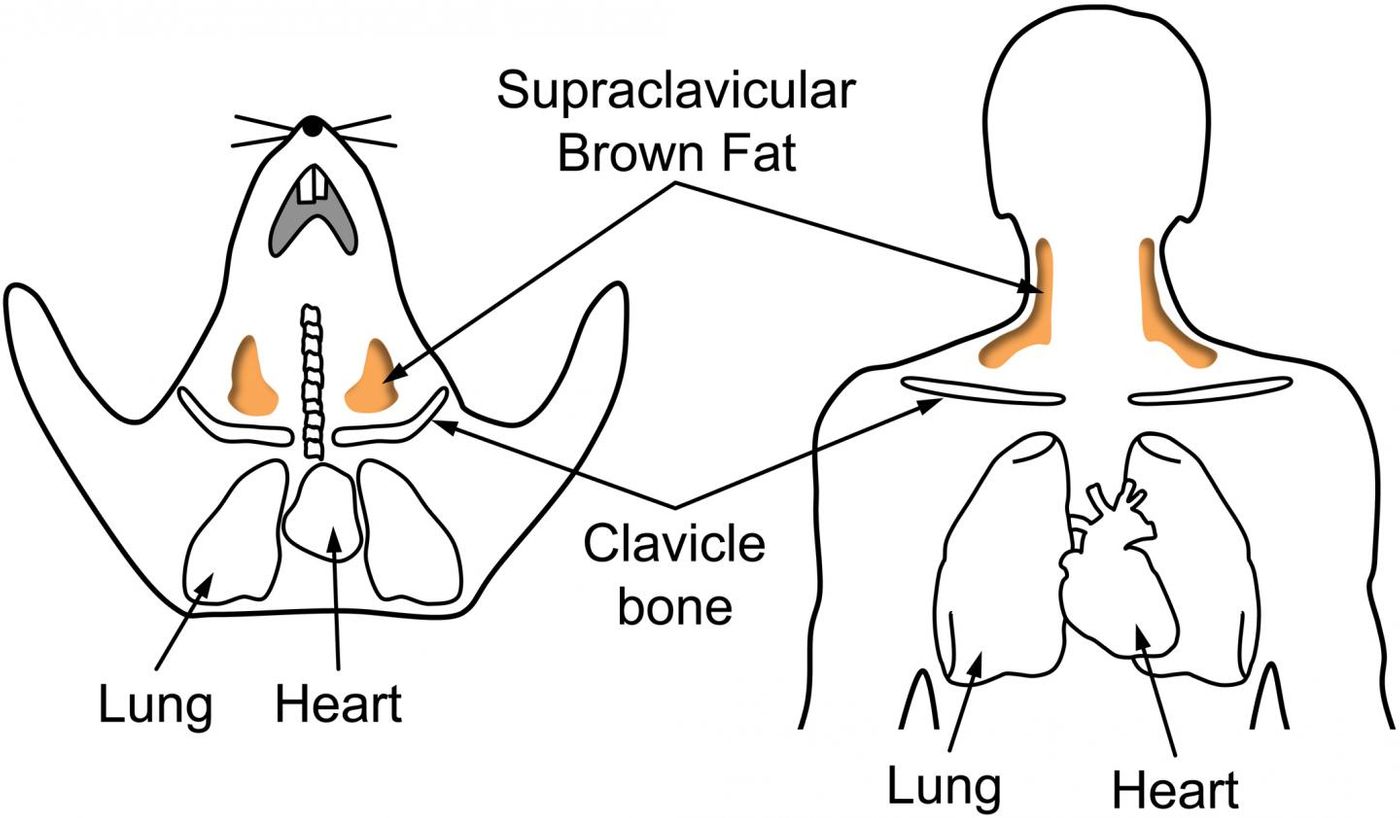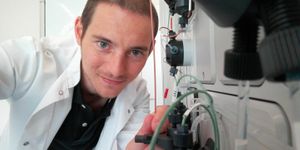Towards an Understanding of how Brown fat Impacts Health & Disease
Humans carry around two types of fat, white and brown. While it is known that brown fat has a role in how the body uses fat and sugar, and that brown fat helps keep our body warm when we’re in a cold environment, not a whole lot else is known about how brown fat influences health or disease. There is a lot of research interest, however, especially and unsurprisingly, when it comes to obesity and diabetes. One caveat has been the lack of an accepted animal model that can be used in research. New work from Baylor College of Medicine and other institutions and published in the Journal of Clinical Investigation Insight is aiming to change that.
"In addition to white adipose tissue, or white fat, people have brown fat, an important contributor to the body's energy balance via the generation of body heat and the participation in metabolic processes," explained senior author Dr. Miao-Hsueh Chen, an Assistant Professor of Pediatrics and Nutrition at Baylor College of Medicine and the USDA/ARS Children's Nutrition Research Center at Baylor and Texas Children's Hospital.
While both fats contain adipocytes, fat-filled cells, brown cells are especially rich in mitochondria, which supply every to the cell. These adipocytes utilize fat and glucose for energy. There has been some characterization of brown fat in mice, indicating that it is located on the back and between the shoulder blades, unlike humans.
Humans carry their brown fat above the collar bones and in the neck. It had been thought that because the locations of these fat deposits were so different, research done on the mouse model would not be comparable to humans. However, Chen and colleagues studied mouse embryos, and found that there was in fact brown fat in the neck, and around the collarbones in a location that is like that in humans.
"Further studies showed that adult mice also have brown fat above the collar bones," Chen said. "This is important because studies will be carried out mostly in adults. In addition, mouse brown fat in the collar bone is morphologically similar to human brown fat in the same location, produces compounds involved in the production of heat and expresses genes similar to those expressed by human brown fat.”
Along with Dr. Kristin Stanford, Assistant Professor of Physiology and Cell Biology at Ohio State University Wexner Medical Center, the investigators performed transplantations of brown fat in mice. Stanford explains: "For several years, I've been interested in how to combat obesity and improve metabolic health. A few years ago, my lab developed a transplantation model looking at the effects of increasing brown fat above the shoulder blade in mice, and we saw a dramatic improvement in metabolic health. When Dr. Chen showed me her data identifying brown fat above the collar bone in mice, I was excited to collaborate and apply our transplantation model.”
After using transplantation to raise the amount of brown fat that sits above the collar bone in healthy mice, they researchers observed an improvement in glucose tolerance in the animals, confirming that it affects metabolism. “This brown fat depot, which is remarkably similar to the main brown fat depot in humans, can be metabolically beneficial," Stanford said. "This study highlights how important this tissue most likely is in humans.”
"I am most excited to bring this model to scientists in the field so they can use it to study brown fat," Chen said. "This model is the first step to improve our understanding of the role of human brown fat in metabolic processes. The model offers the possibility of carrying out studies that might result in treatments to reverse or prevent diseases such as type 2 diabetes and obesity.”
Learn more about using brown fat to aid in diabetes treatment from the video.
Sources: AAAS/Eurekalert! via Baylor College of Medicine, Journal of Clinical Investigation Insight









